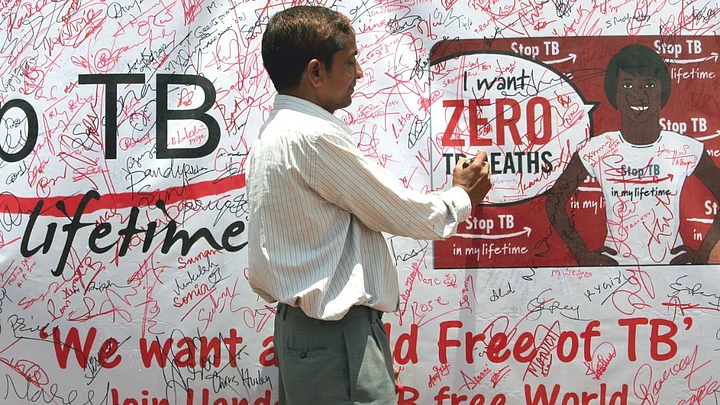India saw the highest number of tuberculosis notifications in 2019 with 24.04 lakh cases being reported, a 12% increase compared to the previous year, according to the India TB Report 2020 released by Union Health Minister Harsh Vardhan on Wednesday, 24 June.
India is the highest TB burden country in the world having an estimated incidence of 26.9 lakh cases in 2019 (WHO). In 2017, the National Strategic Plan (NSP) was launched in the country with the goal of eradicating Tuberculosis by 2025.
The Health Minister said that few states have made a commitment to eradicate it even before 2025, IANS reported. Himachal Pradesh aims to get rid of it by 2021 and Sikkim and Lakshadweep by 2022.
Key Findings
India saw the highest number of notifications in 2019 – there were 24.04 lakh TB cases reported, a 12% increase in notifications compared to the previous year.
- Private sector notifications saw an increase of over 25%, compared to 2018 – 6.79 lakh patients were notified from the private sector, which is approximately 28% of total notifications reported in 2019.
- The mandatory notification policy, launch of private provider support agency (PPSA) programs, and incentives to private providers have been major contributing factors to the increase.
- This has enabled India to close the gap in ‘missing cases’ from over 10 lakh to around 3 lakhs (estimated incidence in India is 26.9 lakhs while the reported cases are 24.04 lakhs).
- Public-private partnership models called Patient Providers Support Agency (PPSA) programs are being introduced in 173 districts across the country that are ensuring patients in the private sector receive free drugs and diagnostics.
- Similar to trends in the previous years, over half of the total notifications were from five states, namely Uttar Pradesh (20%), Maharashtra (9%), Madhya Pradesh (8%), Rajasthan (7%) and Bihar (7%).
- As part of active case finding efforts, in 2019, 27.74 crore vulnerable populations were screened, resulting in the identification of 62,958 TB cases.
- In 2018, the treatment success rate was 80% – 83% among patients in the public sector and 71% in the private sector.
Further, a Business Standard report highlighted that the number of patients receiving care declined. Among 22.04 lakh patients, only 22.7 lakh were started on standard-first line treatment and 1.3 lakh were lost to follow-up. Adding this to the 2.9 lakh which failed to be picked up would amount to a total of over 4 lakh missing cases.
In terms of diagnostics, there has been a significant scale-up of CBNAAT facilities in the past three years and over 35 lakh people were tested using the technique. During 2019, 58% of total notified TB patients (13.8 lakh) were offered Universal Drug Susceptibility Testing. 66,255 TB patients were diagnosed for multi-drug resistant TB and 56,569 (85%) of them were put on treatment.
The government plans to have a molecular diagnostic in each block - approximately 6000 blocks across the country. Another 1500 Truenat machines to be added by the end of 2020 - a total of around 3200 molecular diagnostics will be in place by end of the year.
Additionally, among 9,61,203 microbiologically confirmed pulmonary TB patients initiated on treatment during 2018, an overall 67% cure rate was observed. Death rate and lost to follow-up rate have remained unchanged and have shown no progress at 4% with 1% failure rate.
“To end TB by 2025, expansion of TB services and addressing determinants of TB that are beyond health, through a multi-sectoral approach is necessary,” states the report.
(With inputs from IANS)
(At The Quint, we question everything. Play an active role in shaping our journalism by becoming a member today.)
